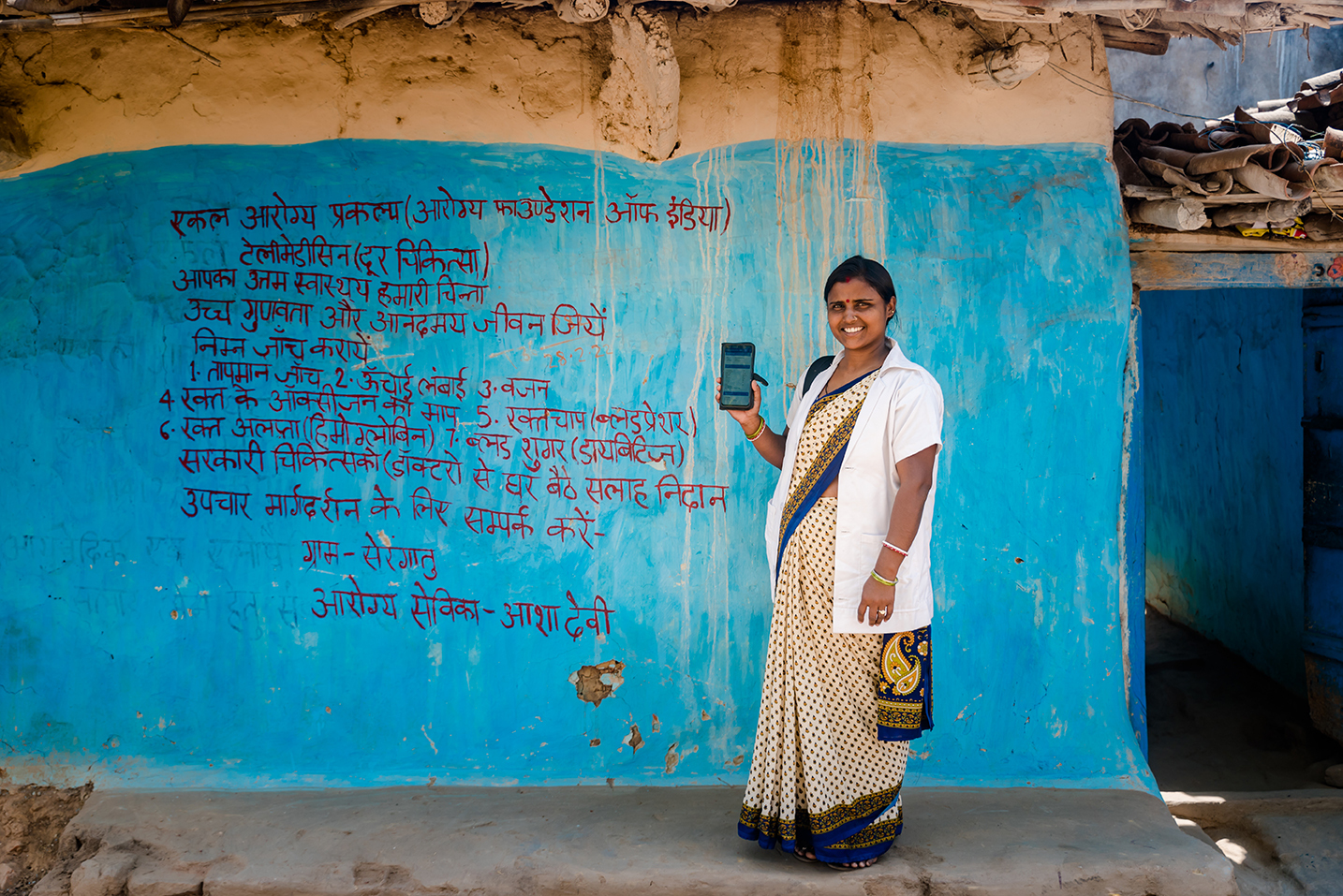India with over 1.3 billion population and a major part of it living in rural areas, faces concerns of inequitable healthcare due to greater demand, very crucial infrastructural challenges including poor access, and cost heavy medical facilities. Providing primary healthcare to one and all in our country is a Herculean task as the number of patients is more and diseases are varied in nature. The Doctor-Patient ratio indicates a huge divide and even urban-rural and gender gaps are major hurdles.
During Covid-19, the country saw that a surge in demand for healthcare and medical help was being sought by a greater number of people than ever before. To cater physically to a huge population became too much of a burden. Providing faster and quicker medical solutions, also accurate and efficient, posed a big challenge. That is where Telemedicine became handy. Those patients who needed hospital and personal medical attention were being catered to, but some patients could be handled online. Telemedicine, a digital healthcare system and effective communication technology, could serve a large number of patients regardless of their location, gender, age, class, or race.
First started with the support of ISRO (Indian Space Research Organization), Telemedicine got a boost when the Apollo group of Hospitals started using it. National Health Policy -2017. It advocated the extensive deployment of digital methods in healthcare. In 2019, Telemedicine guidelines for Health and wellness centers for Ayushman Bharat were released. The Prime Minister announced the National Digital Health Mission on 15th August 2020. Bharat net aims to cover 2,50,000 Gram Panchayats through Optical Fiber Network.
Democratic and universal, without physical pressures of logistics and infrastructural support, telemedicine reached out to people in cities, in villages, or any other remote and far-flung areas. No worries of transportation, no queues, no long wait for appointments; just by using simple online methods like WhatsApp, emails, or google hangouts a patient could get real-time medical solutions. Telemedicine companies swung into action; well equipped with the most advanced information and smart techniques, less burdened and faster in delivering medical support including diagnosis, referrals, offering medicinal support, guiding for the right kind of health facilities and where one could get it. Telemedicine also takes care of investigation and medical research and evaluation.
SO HOW DOES IT WORK?
Telemedicine delivers healthcare services by medical professionals using Information Communication Technology (ICTs) for the betterment of any patient, exchanging information, which is fast, accurate, and timely. It offers:
-
EQUITY
-
QUALITY
-
COST-EFFECTIVENESS
-
REALTIME INFORMATION
WHO has mentioned telemedicine as its recommendation for essential services to strengthen the healthcare rapid response in COVID-19. It can also serve as an important tool to identify hotspots, estimate the burden of disease and provide very easy solutions digitally.
During lockdowns and pandemic situations, telemedicine became one of the most trusted and sought-after services. Tests of all kinds, maintaining social distancing, and teleconsultations made it quite a comfortable digital medium to rely on.
WHAT ARE THE BENEFITS?
-
More accessible in rural areas
-
More women and young people can get medical advice
-
No transportation worries
-
Saves time
-
Reliable medical solutions provided
Many telemedicine companies are now working in India providing digital health solutions. Specially designed apps have come in which suit the requirements of the stakeholders.
Intelehealth is one such non-profit that provides robust telemedicine solutions by empowering NGOs , government and multilateral organization in setting up high tech and innovative telemedicine programs in rural and urban poor population.
Recognized by NITI Aayog and World Economic Forum, Intelehealth has developed an open-source digital health & telemedicine platform that empowers local community health workers in rural communities to provide access to primary care for patients in their communities. The platform consists of a mobile app for health workers and a cloud based electronic health record system as a backend (OpenMRS). The app works with very low bandwidth connection as well as offline.


